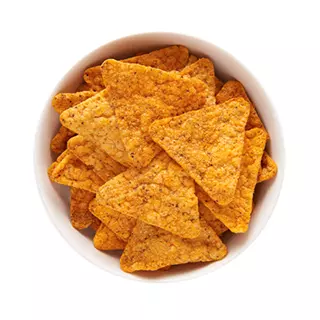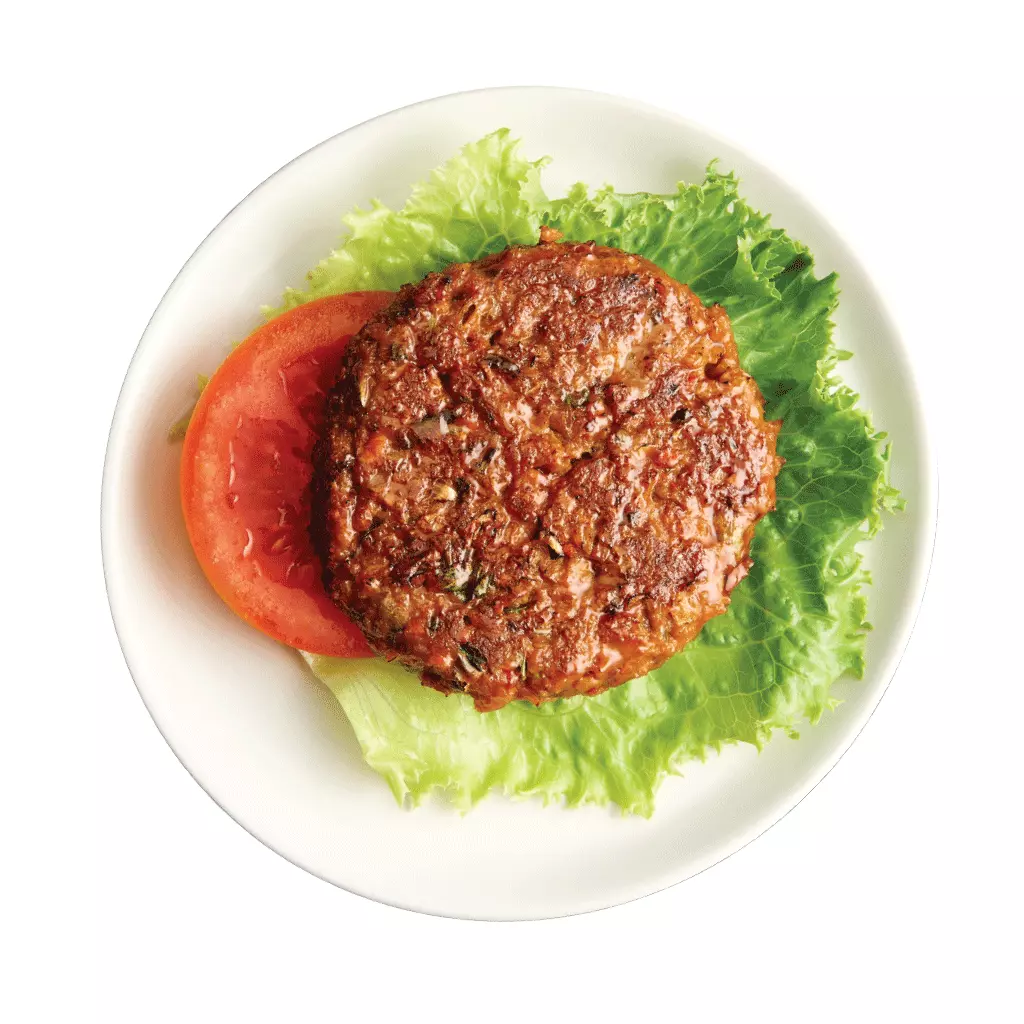A sugar detox is essentially cutting down the amount of sugar from your regular diet (through foods and drinks) in a sustainable, healthy way. Obviously, lowering your added sugar intake is one of the best decisions you can make for a healthier lifestyle.
Although it’s not always an easy thing to do, the benefits of sugar detox are worth it since added sugar has been shown to have negative impacts on the body.
Some Benefits of Sugar Detox
- Improved skin tone
- Higher energy levels
- Improved digestion
- Weight loss
- Eliminate cravings
- Improve metabolism
- Rebalance insulin
- Return hormone balance
- Reduce diabetes risks
Moreover, studies have associated high consumption of added sugars with different health conditions, such as diabetes, obesity, cardiovascular disease, and poor dental health.
Sugar can also lower your energy levels, causing fatigue and reduced mental alertness. According to a 2019 review, eating sugar can increase the risk of depression.
Eliminating added sugar from your diet can therefore protect you against the development of chronic diseases and improve your health in general.
In this article, we will look at how lowering your added sugar intake can impact your body and what you can do to manage the side effects.
Why Does Cutting Out Sugar Feel So Bad?
Several studies have shown that dietary sugar can bring about significant changes in the brain’s reward system, which helps us survive and is also involved in addiction.
Food is one of the natural rewards, and sweet foods and drinks activate the reward system of the brain, making you consume more of the food. A 2018 review found that most of the foods linked to addictive symptoms are those containing high amounts of added sugars or added fats.
Research has also shown that sugar induces the release of dopamine (feel-good hormones) in the nucleus accumbens, which is also the part of the brain involved in response to addictive medications.
Moreover, sugar can stimulate the release of natural opioids inside the brain, which causes a rush that can lead to future cravings. Consuming sugar regularly changes the brain to make it more tolerant of the substance, causing you to need more sugar to experience the same effect.
The average adult in the United States takes around 22 to 30 teaspoons of sugar per day. This is significantly higher than the recommended maximum, which is 9 teaspoons for men and 6 teaspoons for women.
Hence, if your diet contains higher amounts of added sugars, starting a detox plan or lowering your added sugar may bring about some unwanted symptoms.
Sugar Detox Withdrawal Symptoms
Removing added sugar from your diet can come with physical and mental symptoms.
However, our bodies don’t respond to giving up added sugar the same way. The symptoms – and how severe they are – will depend on the amount of added sugar you were consuming through sweetened beverages and foods. Also, those sugar detox symptoms can last for a couple of days or even weeks for some people.
As your body adjusts to a diet containing a low amount of added sugars and your added sugar intake reduces, the less severe the symptoms and sugar cravings may be.
You may observe that these symptoms are more intense at specific times of the day, i.e., between meals. Stress can cause cravings for sugar, so you may realize that your symptoms are worse when you are stressed.
Psychological Impact
Removing added sugar from diet may result in mental and emotional symptoms, like:
1. Anxiety
You may feel anxious, nervous, and irritable when you cut out added sugar. This can make you feel less patient than normal and extremely worried.
2. Difficulty in Sleeping
Some people notice changes in their sleep when they cut out sugar. You may experience difficulty falling or staying asleep all through the night.
3. Mild Depression
Some people might feel depressed after eliminating sugar from their diet. This may be caused by a reduction in the release of dopamine.
4. Low Cognition
It may also be hard to concentrate when you stop taking sugar. This can make you forget things easily and make focusing on tasks such as school or work difficult.
5. Increased Cravings
Aside from craving sugar, you may also develop cravings for other sweet foods, like bread, potato chips, and pasta.
Physiological Impact
When doing a sugar detox, you may observe that you often feel tired and sick. Some people even have headaches.
Other physical symptoms of cutting out sugar are:
- Nausea
- Fatigue
- Dizziness or lightheadedness
How to Handle These Side Effects
Below are some tips to help you overcome the side effects and prevent – or at least – significantly reduce some of the symptoms associated with eliminating sugar from your diet.
1. Be Realistic
While eliminating all sources of added sugar may be beneficial to some people, others may be better off gradually removing sources of added sugar.
For instance, if most of the added sugar in your diet comes from soda, try to reduce or eliminate sugary beverages from your diet first before proceeding to other sources of added sugar.
There are a lot of added sugar “detoxes” that involve giving up added sugar for a certain period of time.
Although this can be helpful for some people, it is better to focus on limiting your added sugar intake permanently – not just for a certain period.
To achieve that, you need to do what works best for you. This might mean gradually reducing added sugar over time instead of cutting out all sources of added sugar at the same time.
2. Take Protein-rich Foods
Eating protein in all your meals can help prevent hunger and low energy levels while detoxing from sugar.
Research has shown that eating protein can boost your satiety feelings, which can help you reduce your cravings for food. This will save you from the temptation of reaching for a candy bar or other sugar fix.
Examples of healthful sources of protein are eggs, beans, lean meats, legumes, nuts, and fatty fish.
3. Raise Your Dietary Fiber Intake
Consuming foods rich in fibers can help you avoid hunger and cravings. This is because they take a longer time to digest, making you feel fuller for longer.
Foods containing high amounts of fiber can also help keep blood sugar at a healthy level. Maintaining a stable blood sugar level can help prevent cravings. Go for high-fiber beans, legumes, and vegetables.
Combining high fiber and high protein foods is the best way to control the level of sugar in the blood. For example, add some pumpkin seeds to your oatmeal or incorporating fiber-rich veggies such as broccoli into your eggs.
4. Remain Hydrated
Staying well-hydrated is important for your overall health and can help you handle sugar cravings.
Swapping sugary drinks – like soda and energy drinks – for water can help lower your added sugar and total calorie intake.
Moreover, limiting your intake of sugary beverages may lower sugar cravings. Drinking plenty of water can also help maintain regular bowel movements. This is particularly important when you raise the amount of fiber you take. You need adequate water intake and high fiber foods to keep your stools soft and move them through the gastrointestinal tract, preventing constipation.
5. Stay Away From Artificial Sweeteners
Replacing sugar with artificial sweeteners may seem like a great idea when on a sugar detox plan, but it can sabotage your efforts. Research has shown that some artificial sweeteners can cause metabolic changes that may increase cravings, calorie intake, and weight gain.
Lowering your consumption of sweet foods – including those that don’t contain sugar – may be a good way to eliminate added sugar from your diet.
6. Manage Your Stress Levels
Studies indicate that stress impacts food preferences and raises cravings for sweet, sugary foods and thus thwarts your weight loss plan. Sugar also seems to have a relaxing effect on stress hormones, which causes you to crave sugar when you are feeling stressed.
Controlling your stress will make it easier to eliminate sugar from your diet and help reduce cravings.
Reading a book, chatting with friends, or taking a brisk walk are some of the ways you can relieve stress.
7. Exercise
Exercise can be helpful in many ways when eliminating added sugar from your diet. It can boost energy and minimize stress, which can help relieve symptoms, such as low energy levels, fatigue, and stress-induced cravings, that may happen when reducing the amounts of added sugar you take.
A 2015 research found that a little exercise like a 15-minute brisk walk lowered cravings for sugar-laden foods.
Make sure to begin slowly and consult your doctor before commencing any exercise regimen if you have a preexisting medical condition.
8. Focus On Diet Quality As a Whole
Studies have shown that raising your overall diet quality can help reduce cravings for sugary foods and increase your desire for healthy ones.
For instance, consuming fewer foods rich in added sugar, such as cake, cookies, and ice cream, and upping your intake of nutrient-rich options like fish, beans, whole fruits, and veggies can help lower your dependence on added sugar and make you crave healthier foods.
9. Get Adequate Sleep
Lack of enough sleep can further worsen symptoms of added sugar reduction, like low mood, fatigue, and cravings.
Not having adequate sleep can raise your cravings for sugar and other unhealthy foods. According to a study, sleep deprivation changes appetite-controlling hormones and can increase cravings for extremely sweet foods, like those containing high amounts of added sugars.
Getting a great night’s sleep can help you:
- Reduce your stress levels
- Increase your energy levels
- Improve your memory and concentration
- Make healthier food choices
Try to stay away from daytime napping and try to go to bed at a certain time every night.
10. Eat Bitter Foods
According to a 2013 research study, consuming bitter foods can help reduce sugar cravings by acting on brain receptors that drive sugar intake. You can produce your own bitters or go for bitter foods like arugula, coffee, or broccoli rabe (rapini).
11. Remain Motivated
Cutting down or eliminating sugar can be daunting, especially if your diet was rich in sugar, so be easy on yourself.
Try to jot down your reasons for eliminating sugar, and look at these anytime you crave sugar. If you are introducing sugar-rich foods and beverages back into your diet, remind yourself of what initially motivated you to give up added sugar.
For example, if you realize that the cravings are more intense at specific times of the day, you can schedule activities (i.e., reading a book, playing games, etc.) to keep yourself busy at that time or get ready with protein-rich snacks and water.
The most important thing is to reduce your consumption of added sugar. You need to remember that having a sugary treat once in a while won’t sabotage your efforts or health in general. What matters most is the quality of your diet as a whole.
Tips for Reducing Added Sugar From Your Diet
If you like consuming sugary foods, such as candy, cookies, cake, and sweetened breakfast cereal, and regularly take sugar-laden beverages, it may take a while to reduce your dependence on added sugar.
Eliminating all forms of added sugar can be beneficial to some people, but others may consider this to be too extreme.
The good news is – making little changes to the amount of sugar you take can significantly impact your overall health. Here are five useful tips to gradually lower your added sugar intake over time.
1. Replace Sweetened Drinks With Water
Avoid taking fruit juice, sugary soda, and energy drinks and swap them for plain or sparkling water. You can even add slices of lemon or mint to the water if you need a boost of flavor.
2. Begin Your Day the Low Sugar Way
Instead of taking a frosted doughnut or grabbing a pack of sugary cereal, power your body with a fiber and protein-rich omelet made with vegetables and berries, and avocado.
3. Read Through Labels
A lot of foods and condiments are “hidden” sources of added sugar. So, make sure to read the labels of products, such as salad dressings, oatmeal packets, marinara sauce, and barbecue sauce, to check for added sugar.
4. Go for Unsweetened Snacks
Your beloved protein bar or granola may be loaded with added sugar. Go for whole, nutrient-rich snacks like seeds and nuts, hummus and veggies, whole fruit and nut butter, or boiled eggs when you feel a need to refuel.
5. Rethink Dessert Choices
Instead of grabbing a pint of your favorite ice cream or sweet candy after dinner, ask yourself what you really need at that moment.
Are you really hungry, or do you find it difficult to overcome your fixation on sugar?
If you are actually hungry, go for something rich in protein and healthy fats, such as a few macadamia nuts or sugar-free Greek yogurt with berries and coconut.
6. Focus On a Wholesome Diet
Increasing the amounts of nutrients in your overall diet can help boost your health and may help you minimize added sugar. Focus on wholesome, unprocessed foods, including
- beans
- fruits
- vegetables
- nuts
- eggs
- seeds
- seafood and
- poultry.
The Takeaway
Embarking on a sugar detox plan may lead to some unwanted withdrawal symptoms, but it offers great health benefits.
Fortunately, there are a lot of ways to make cutting down your added sugar consumption easier for you. Making significant changes to your sleep, diet, and exercise pattern can help lower sugar cravings and create a sustainable, healthier lifestyle.
If you are looking for a sugar detox program under a nutritionist’s supervision, our 21-day program fits your needs perfectly. To learn more about the program simply set up a complimentary consultation.






